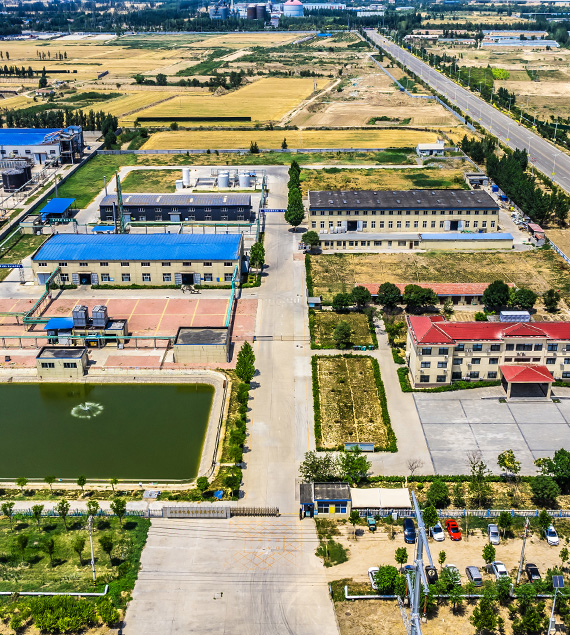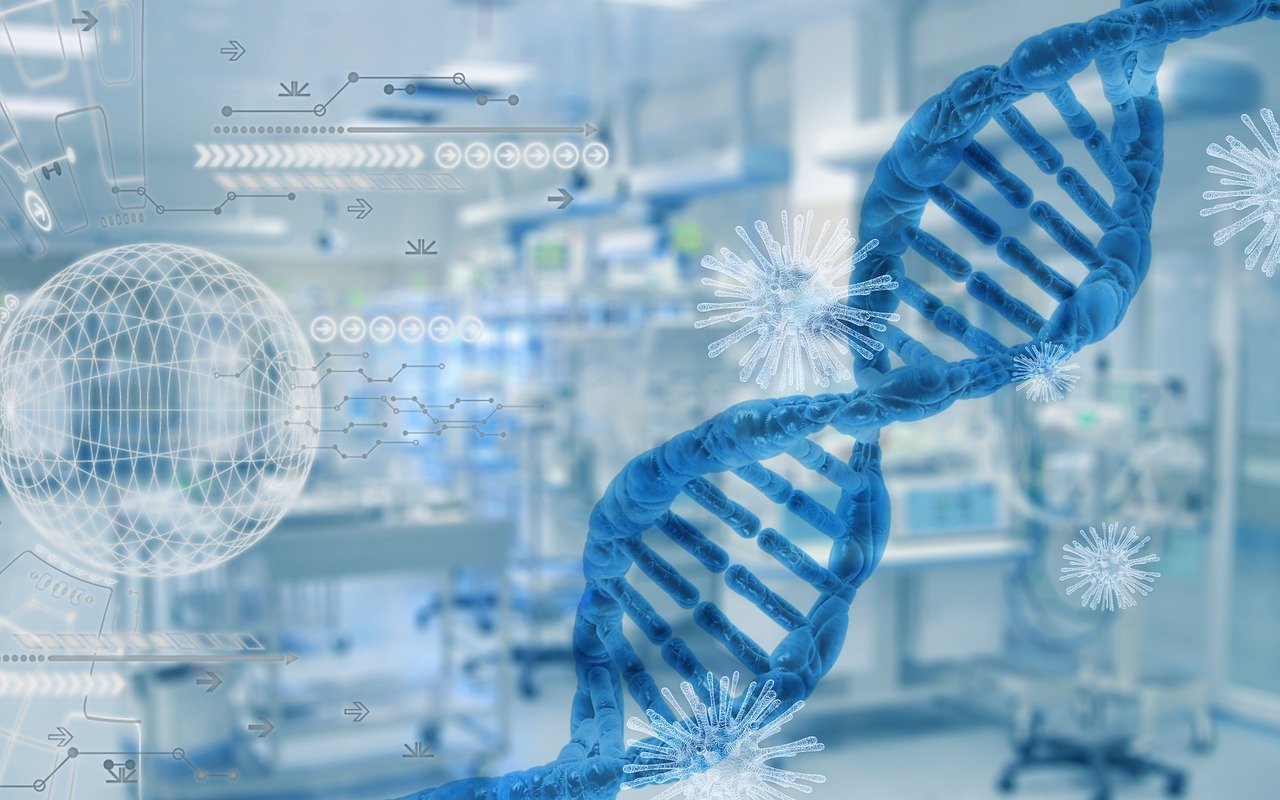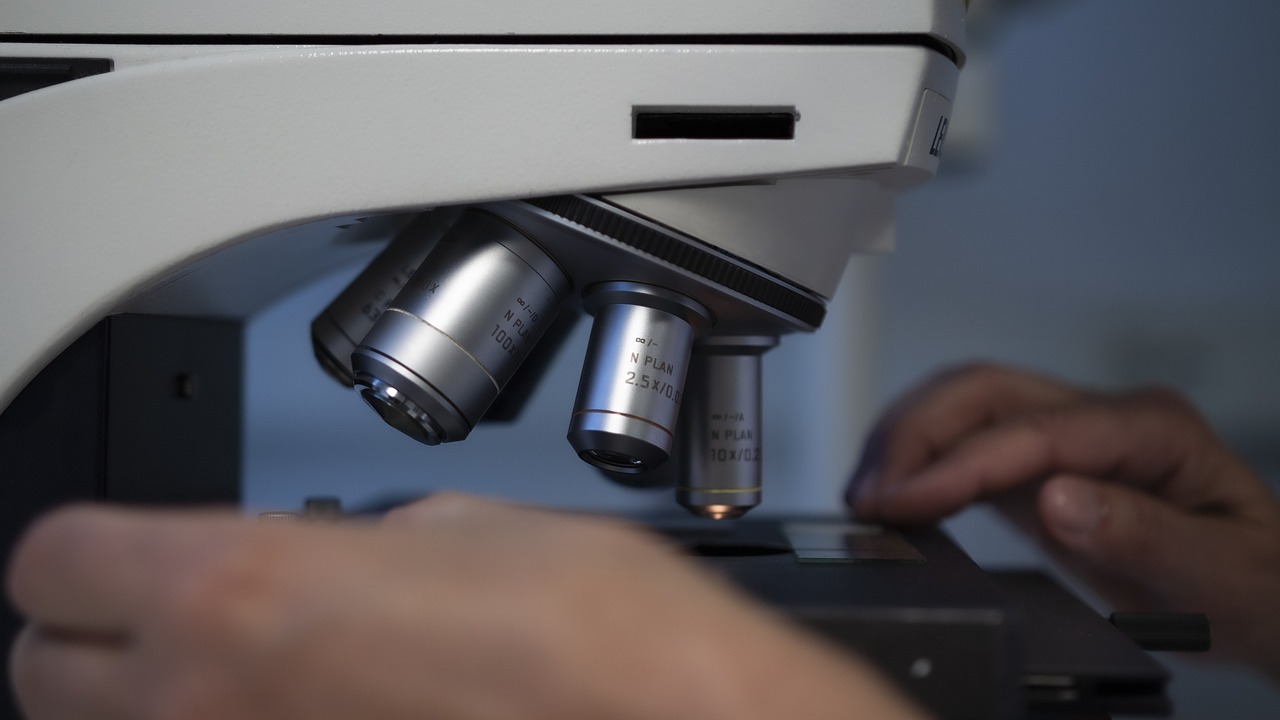-
-
Building 5,18 Yueluo Road, Yuepu Town, Baoshan District, Shanghai, China
Call Anytime
+86 131 2053 3622What is Creatine Monohydrate and What Does It Do?
Creatine monohydrate (CrM) is one of the most extensively researched and scientifically validated supplements. Approximately 70% of studies indicate that creatine monohydrate serves as a critical performance enhancer in various exercise programs. However, many individuals oversimplify its effects by stating that "creatine makes you strong" or "it only causes water retention in your body."
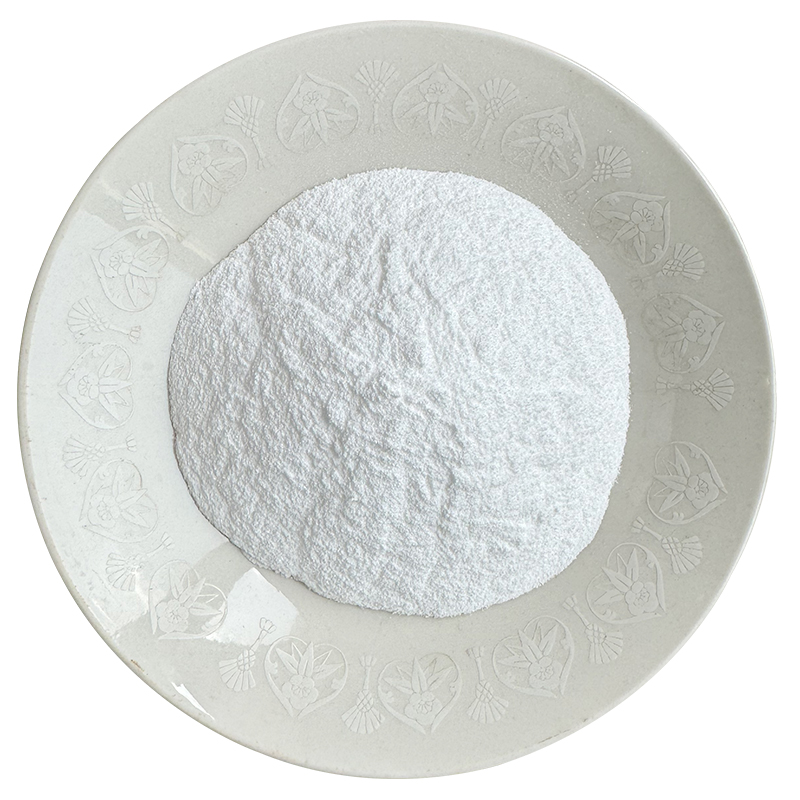
While these statements partially describe the supplement's function, they underestimate the complexity of this nitrogenous compound. Its mechanism of action extends beyond simple cell swelling.
The Science Behind Creatine
Creatine Phosphate (PCr) & Adenosine Triphosphate (ATP)
Creatine is a nitrogenous compound primarily stored in the muscles of mammals and fish, with 95% located in skeletal muscle, making animal meat an excellent dietary source. In humans, approximately 60% of creatine exists as creatine phosphate (PCr), while the remaining 40% is free creatine.
During high-intensity exercise lasting less than 30 seconds, the body activates the anaerobic energy system. This includes stored ATP (the primary energy source), the ATP-PCr system, and anaerobic glycolysis. At such intensities, there is insufficient time to generate ATP through aerobic pathways. Therefore, an immediate energy source is required. Creatine phosphate (PCr) plays a crucial role in resynthesizing ATP from ADP (adenosine diphosphate), providing rapid energy. When phosphate is released from ATP, the bonds break, leaving ADP behind and releasing energy. Creatine kinase catalyzes the reaction between ADP and phosphate to regenerate ATP. Stored ATP and PCr are depleted within 5-8 seconds, requiring 30-60 seconds to recover 50%, and approximately 5 minutes for full recovery.
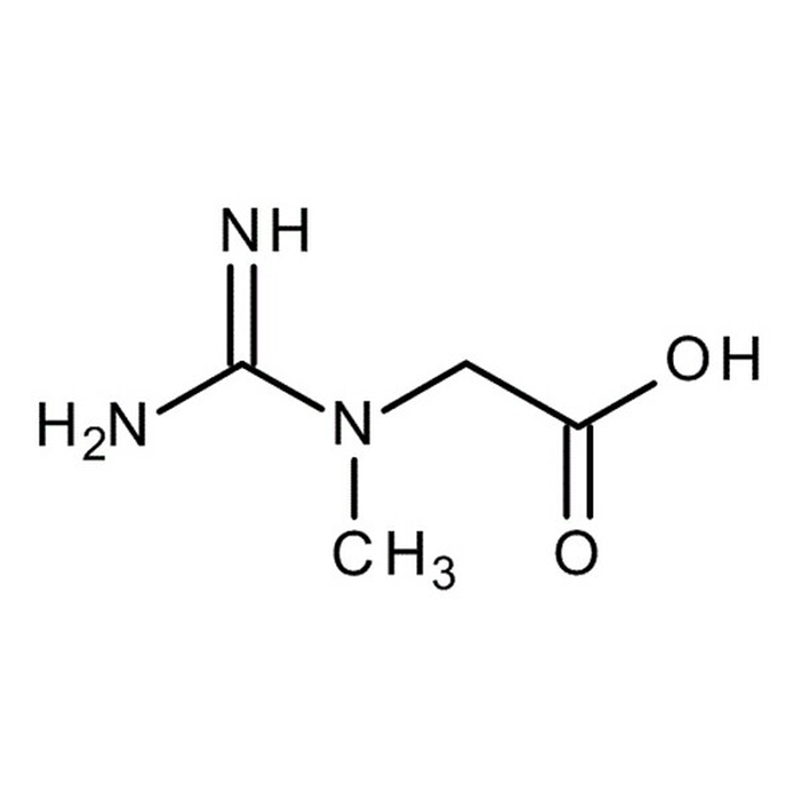
If Our Bodies Can Produce Creatine, Why Supplement?
By supplementing with CrM, creatine storage in the body can increase from 125 mmol/kg to 160 mmol/kg. This enhances the maximum energy production capacity, delays fatigue during training, increases repetition counts, and accelerates physical recovery. The benefits of CrM supplementation include:
- Faster PCr resynthesis in the body, leading to improved anaerobic performance and recovery.
- Removal of H+ ions produced during anaerobic exercise, which can inhibit energy production and reduce optimal performance.
- Enhanced muscle contraction through increased calcium uptake in the sarcoplasmic reticulum and improved synthesis of contractile proteins.
Muscle Contraction
Creatine supplementation positively affects the contractile proteins of muscles, such as myosin and actin. These proteins combine in the sarcoplasmic reticulum (SR) of skeletal muscle to produce contractions via the "myofilament gliding theory." Calcium release from the SR binds to troponin, moving tropomyosin and exposing the myosin binding site. Actin and myosin then bind and "contract," forming crossbridges. Creatine increases calcium uptake in the SR and promotes the synthesis of myosin heavy chains and actin, enhancing faster and stronger muscle contractions.
Lean Tissue
Research demonstrates that CrM helps maintain lean body mass (LBM) and increases the cross-sectional diameter of muscle fibers, particularly Type II fibers. Type II fibers are crucial for heavy lifting and explosive movements. Increasing Type II fibers enlarges muscle tissue and improves visibility. Muscle hypertrophy requires branched-chain amino acids (BCAAs), specifically leucine, which acts as an "anabolic trigger." CrM reduces leucine oxidation and breakdown, increasing its availability and retention in muscles. Additionally, CrM correlates with increased expression of insulin-like growth factor-1 (IGF-1), further supporting muscle maintenance and growth.
Nutrient Retention
The concept of "water retention" is often misunderstood. Creatine-induced cell swelling occurs due to water influx, but it also facilitates the entry of important nutrients like leucine into cells. This process supports hydration, extending exercise duration and improving performance.
Physical Recovery
Supplementing with creatine accelerates recovery by reducing muscle catabolism and repairing damaged muscle tissue. Creatine stabilizes the phospholipid membrane of cells, preventing leakage of intracellular components. Studies on elderly populations show that creatine may delay sarcopenia-related muscle atrophy and enhance muscle retention.
Side Effects
In healthy individuals, creatine supplementation does not adversely affect kidney function or endocrine enzyme activity. The primary side effects include diarrhea and gastrointestinal discomfort, typically occurring during the initial adjustment phase. Weight gain associated with creatine use results from water influx into cells and subsequent cell swelling. To minimize weight gain during the "loading phase," limit daily intake to less than 20g and monitor caloric intake.
Key Takeaways
- Creatine supports muscle retention, lean tissue development, and muscle growth.
- It is essential for athletes aiming to build strength.
- Creatine benefits endurance athletes by buffering H+ ions and enhancing energy output bursts.
- It increases muscle contraction, suitable for all types of exercise.
- Creatine aids in physical recovery.
- "Water retention" offers several health benefits.
- For the elderly, CrM may slow muscle loss.

